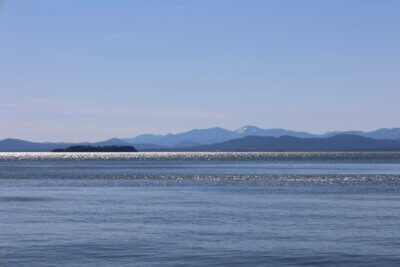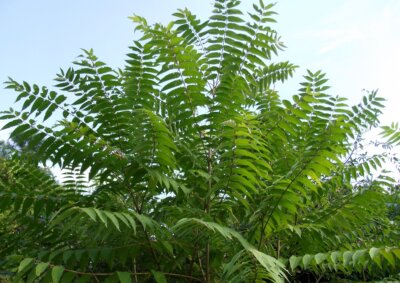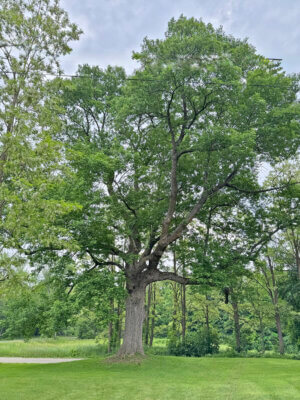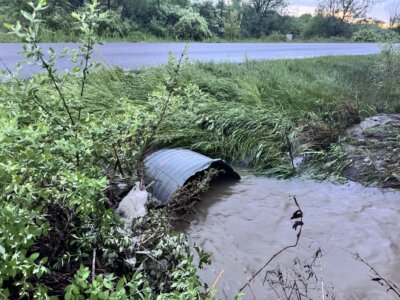Responsible forest management doesn’t mean deforestation
Over the last few centuries, Vermont’s forests have been on a transformative journey.
Prior to European colonization, Vermont was about 90 to 95 percent forested. Following the massive clearing of the early-mid 1800s, Vermont rebounded from a low of about 20 percent forested around 1850 to 80 percent forested by the end of the 20th century. In the last several decades, however, the amount of forestland in our state has begun to backslide, decreasing to about 75 percent today.
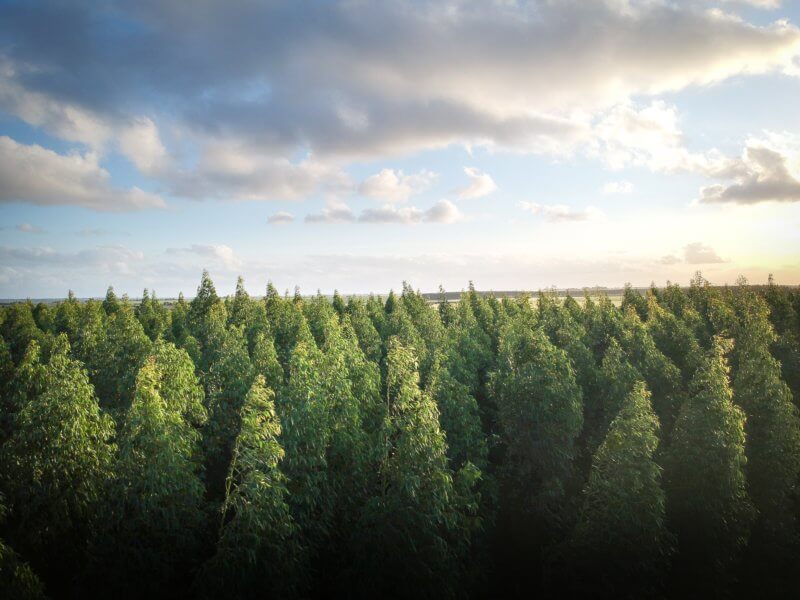
Deforestation, or forest loss, occurs when forests are converted to non-forest. While both local and global forest loss are driven by a variety of factors, here in Vermont development is one of the leading contributors. The estimates of annual deforestation in Vermont range from 2,000 acres to nearly 13,000 acres per year, depending on how we define the term. Despite uncertainty about the exact amount, it’s clear that we are losing forestland in Vermont.
Forests are foundational to our lives: they make our world work and our lives beautiful. Among the many benefits that forests provide are food and shelter for wildlife; clean water and air; protection of biodiversity; renewable resources (wood); scenic beauty; and outdoor recreation. Rightfully, those who care about forests increasingly recognize the problem of deforestation and are looking for solutions. However, understanding deforestation is more complex than it may seem.
When you see tree stumps in the woods, you might assume that deforestation has occurred—that the forest has in some way been lost. However, while deforestation involves the cutting of trees, tree mortality (whether natural or human-caused) is not the same as deforestation. Within Vermont’s forests, tree mortality is an important part of forest growth and development that the plants, animals, trees, fungi and microorganisms that make up the forest community have adapted to over millennia. Forest development is a cycle, a continuous, dynamic process within which the death of trees is a beginning as much as an ending. Every old forest was once a young forest and will be one again.
Deforestation is the only real endpoint for forests, systems that include, and even thrive on, death and disturbances. While the death of trees in a forest may lead to a rich and robust natural response—including the development of unique habitats and robust regeneration—deforestation undermines the natural cycles that perpetuate forests by denying them the opportunity to regenerate. In short, instead of letting forests be forests, deforestation turns them into something else. When deforestation occurs, we lose forests’ countless benefits for the foreseeable future; a forest converted to non-forest will no longer sequester and store carbon, no longer provide habitat for wildlife, no longer clean our air and our water to the degree that forests do—and may not do so again in our lifetimes.
While the goal of deforestation is to turn a forest into something else (often to meet human needs), the goal of responsible forest management is the perpetuation of healthy, vibrant, intact forests and the many values they provide. Done well, forest management can be regenerative, working with natural processes to help forests become more biologically diverse, complex, resilient to climate change and rich in habitat for an array of plants, animals and other native species. While cutting trees is different in some ways than natural mortality, it can be done in ways that build on forests’ natural resilience and that are ultimately beneficial to the forest community. That said, forest management has tradeoffs: we can recognize that forest management can be very positive while also acknowledging that some critiques of forest management are valid, deserve our close attention and highlight opportunities for improvement.
As we endeavor to understand how best to build a healthy, functional, beautiful world, understanding how deforestation is fundamentally different from forest management is one of the many nuances we must explore. Developing a common definition for what deforestation is and how it differs from responsible forest management allows us to work towards common solutions—strategies that ensure healthy forests and the benefits they provide exist for this and future generations. Having frank conversations about what constitutes responsible forest management is critical, but limiting deforestation—both in Vermont and across the globe—is the single most important thing we can do to protect our forested ecosystems. We must find a way to keep forests as forests.
Ethan Tapper is the Chittenden County Forester for the Vermont Department of Forests, Parks and Recreation. See what he’s been up to, check out his YouTube channel, sign up for his eNews and read articles he’s written.
Related Stories
Popular Stories
If you enjoy The Charlotte News, please consider making a donation. Your gift will help us produce more stories like this. The majority of our budget comes from charitable contributions. Your gift helps sustain The Charlotte News, keeping it a free service for everyone in town. Thank you.
Andrew Zehner, Board Chair



